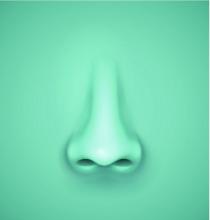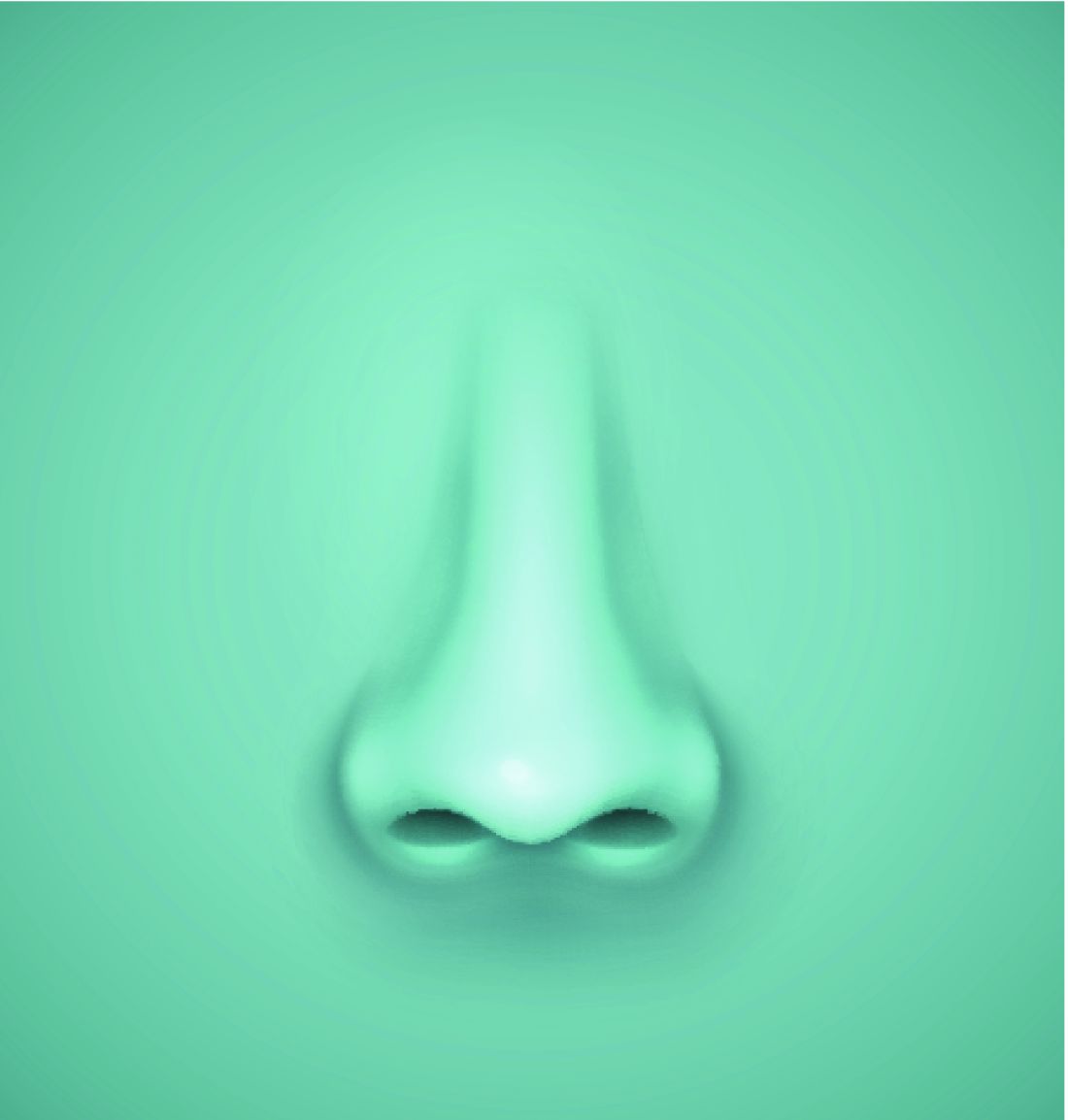User login
Poor olfaction is a predictor of Parkinson’s disease (PD) in both the short and immediate term, with accuracy out to at least 6 years, especially in white men, according to a retrospective case adjudication of the Health ABC study published in Neurology.
Of 2,462 study participants, 42 were found to have PD during an average of 9.8 years of follow-up, Honglei Chen, MD, PhD, of the department of epidemiology and biostatistics at Michigan State University, East Lansing, and his coauthors wrote. Of those cases, 26 (62%) were associated with a poor Brief Smell Identification Test (BSIT) score of 0-8 out of 12 (hazard ratio, 5.1; 95% confidence interval, 2.1-11.9), supporting other studies that indicate that olfactory impairment is one of the early symptoms of PD.
In contrast to previous studies, however, “the current study has longer follow-up and showed that poor olfaction was associated with PD beyond the first [4] years of follow-up, although the association was somewhat attenuated,” the researchers said. Both before and after the first 5 years of follow-up, 13 people in the lowest BSIT tertile were diagnosed with PD (HR, 4.2; 95% CI, 1.7-10.8 vs. HR, 4.1; 95% CI, 1.7-9.8, respectively),
In addition, poor sense of smell was more clearly associated with PD diagnosis in white patients, Dr. Chen and her coauthors said. Of 30 PD diagnoses in white participants, 19 were associated with poor smell (HR, 4.9; 95% CI, 2.3-10.5), compared with 7 out of 12 diagnoses in black participants (HR, 2.5; 95% CI, 0.8-8.1; P = .3). Similarly, 19 out of 26 diagnoses in men were associated with poor smell (HR, 5.4; 95% CI, 2.3-12.9), compared with 7 out of 16 diagnoses in women (HR, 2.9; 95% CI, 1.1-7.8; P = .4).
Future studies should confirm these stratified findings. Olfactory dysfunction’s “potential usefulness as a screening tool for prodromal or undiagnosed PD in other general population awaits further investigations,” the authors said.
Dr. Chen reported editorial roles for a number of medical journals. None of the authors reported any financial disclosures.
email address
Olfactory dysfunction is high in Parkinson’s disease, and the study by Chen et al. is the first to describe the natural history of olfactory dysfunction in the evolution of PD prior to diagnosis in diverse populations with extended periods of follow-up.
The length of follow-up is the longest to date, and includes important data on a large cohort of black participants. The results are a start for creating a much needed preventional paradigm, but more granularity will be needed to determine how poor smell, especially as stratified by race and sex, might help in prevention and treatment of PD.
Gene L. Bowman, ND, MPH, is a physician in the department of neurology at Oregon Health & Science University, Portland. His editorial comments accompanied the Chen et al. article in Neurology. He reported no financial disclosures.
Olfactory dysfunction is high in Parkinson’s disease, and the study by Chen et al. is the first to describe the natural history of olfactory dysfunction in the evolution of PD prior to diagnosis in diverse populations with extended periods of follow-up.
The length of follow-up is the longest to date, and includes important data on a large cohort of black participants. The results are a start for creating a much needed preventional paradigm, but more granularity will be needed to determine how poor smell, especially as stratified by race and sex, might help in prevention and treatment of PD.
Gene L. Bowman, ND, MPH, is a physician in the department of neurology at Oregon Health & Science University, Portland. His editorial comments accompanied the Chen et al. article in Neurology. He reported no financial disclosures.
Olfactory dysfunction is high in Parkinson’s disease, and the study by Chen et al. is the first to describe the natural history of olfactory dysfunction in the evolution of PD prior to diagnosis in diverse populations with extended periods of follow-up.
The length of follow-up is the longest to date, and includes important data on a large cohort of black participants. The results are a start for creating a much needed preventional paradigm, but more granularity will be needed to determine how poor smell, especially as stratified by race and sex, might help in prevention and treatment of PD.
Gene L. Bowman, ND, MPH, is a physician in the department of neurology at Oregon Health & Science University, Portland. His editorial comments accompanied the Chen et al. article in Neurology. He reported no financial disclosures.
Poor olfaction is a predictor of Parkinson’s disease (PD) in both the short and immediate term, with accuracy out to at least 6 years, especially in white men, according to a retrospective case adjudication of the Health ABC study published in Neurology.
Of 2,462 study participants, 42 were found to have PD during an average of 9.8 years of follow-up, Honglei Chen, MD, PhD, of the department of epidemiology and biostatistics at Michigan State University, East Lansing, and his coauthors wrote. Of those cases, 26 (62%) were associated with a poor Brief Smell Identification Test (BSIT) score of 0-8 out of 12 (hazard ratio, 5.1; 95% confidence interval, 2.1-11.9), supporting other studies that indicate that olfactory impairment is one of the early symptoms of PD.
In contrast to previous studies, however, “the current study has longer follow-up and showed that poor olfaction was associated with PD beyond the first [4] years of follow-up, although the association was somewhat attenuated,” the researchers said. Both before and after the first 5 years of follow-up, 13 people in the lowest BSIT tertile were diagnosed with PD (HR, 4.2; 95% CI, 1.7-10.8 vs. HR, 4.1; 95% CI, 1.7-9.8, respectively),
In addition, poor sense of smell was more clearly associated with PD diagnosis in white patients, Dr. Chen and her coauthors said. Of 30 PD diagnoses in white participants, 19 were associated with poor smell (HR, 4.9; 95% CI, 2.3-10.5), compared with 7 out of 12 diagnoses in black participants (HR, 2.5; 95% CI, 0.8-8.1; P = .3). Similarly, 19 out of 26 diagnoses in men were associated with poor smell (HR, 5.4; 95% CI, 2.3-12.9), compared with 7 out of 16 diagnoses in women (HR, 2.9; 95% CI, 1.1-7.8; P = .4).
Future studies should confirm these stratified findings. Olfactory dysfunction’s “potential usefulness as a screening tool for prodromal or undiagnosed PD in other general population awaits further investigations,” the authors said.
Dr. Chen reported editorial roles for a number of medical journals. None of the authors reported any financial disclosures.
email address
Poor olfaction is a predictor of Parkinson’s disease (PD) in both the short and immediate term, with accuracy out to at least 6 years, especially in white men, according to a retrospective case adjudication of the Health ABC study published in Neurology.
Of 2,462 study participants, 42 were found to have PD during an average of 9.8 years of follow-up, Honglei Chen, MD, PhD, of the department of epidemiology and biostatistics at Michigan State University, East Lansing, and his coauthors wrote. Of those cases, 26 (62%) were associated with a poor Brief Smell Identification Test (BSIT) score of 0-8 out of 12 (hazard ratio, 5.1; 95% confidence interval, 2.1-11.9), supporting other studies that indicate that olfactory impairment is one of the early symptoms of PD.
In contrast to previous studies, however, “the current study has longer follow-up and showed that poor olfaction was associated with PD beyond the first [4] years of follow-up, although the association was somewhat attenuated,” the researchers said. Both before and after the first 5 years of follow-up, 13 people in the lowest BSIT tertile were diagnosed with PD (HR, 4.2; 95% CI, 1.7-10.8 vs. HR, 4.1; 95% CI, 1.7-9.8, respectively),
In addition, poor sense of smell was more clearly associated with PD diagnosis in white patients, Dr. Chen and her coauthors said. Of 30 PD diagnoses in white participants, 19 were associated with poor smell (HR, 4.9; 95% CI, 2.3-10.5), compared with 7 out of 12 diagnoses in black participants (HR, 2.5; 95% CI, 0.8-8.1; P = .3). Similarly, 19 out of 26 diagnoses in men were associated with poor smell (HR, 5.4; 95% CI, 2.3-12.9), compared with 7 out of 16 diagnoses in women (HR, 2.9; 95% CI, 1.1-7.8; P = .4).
Future studies should confirm these stratified findings. Olfactory dysfunction’s “potential usefulness as a screening tool for prodromal or undiagnosed PD in other general population awaits further investigations,” the authors said.
Dr. Chen reported editorial roles for a number of medical journals. None of the authors reported any financial disclosures.
email address
FROM NEUROLOGY
Key clinical point:
Major finding: Both before and after the first 5 years of follow-up, 13 people in the lowest BSIT tertile were diagnosed with PD (HR, 4.2; 95% CI, 1.7-10.8 vs. HR, 4.1; 95% CI, 1.7-9.8, respectively).
Data source: A retrospective case adjudication of PD cases diagnosed in the Health ABC study.
Disclosures: Dr. Chen reported editorial roles for a number of medical journals. None of the authors reported any financial disclosures.

